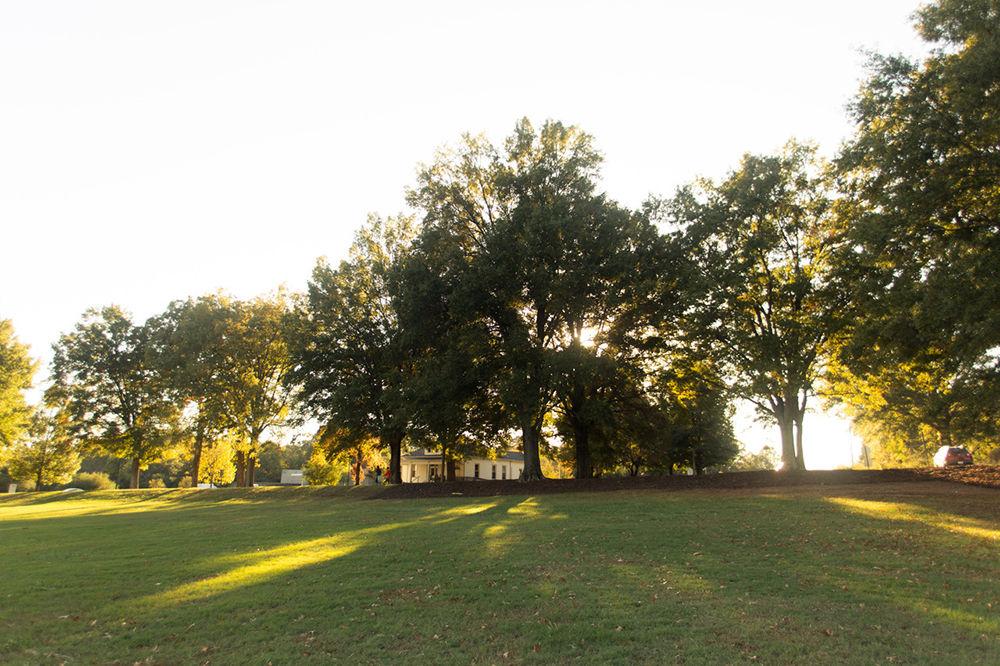On Feb. 19, the city of Raleigh will present the Dorothea Dix Park Master Plan to the city council, hoping to get the approval it needs to proceed with renovations to the park.
The 308-acre Dorothea Dix campus, which used to be home to mental hospital facilities, is in the process of being transformed. The land was sold almost four years ago with the intention to transform the deserted campus into a public park.
According to Caroline Lindquist, planning specialist for the city of Raleigh, the state was intentional in making sure the community was involved in the creation of the Master Plan, which was an 18-month process.
After tweaking the plan to incorporate the concerns of the public, Raleigh City Planning designated two weeks in January for public comment on the approximately 150 pages of the Master Plan, Lindquist said.
According to Lindquist, all parts of the community, including college students, have been involved in the creation of the Master Plan. NC State’s Student Government joined with other student governments from surrounding colleges in the area, like Wake Tech, William Peace, Meredith College, Shaw and St. Augustine’s, and collaborated on ideas for the future of the park.
Lindquist emphasized the three main principles of the Master Plan that highlight the goals of the park: opening and connecting, building from what is there, and offering something for everyone.
Kate Pearce*, senior planner for the city of Raleigh, discussed why these principles are the leading factor in decision making for Dix Park.
“The idea of opening up and connecting will ensure that visitors from across our country, around our region and across our state really believe that this is their park,” Pearce said. “Regardless of background, regardless of accessibility, we hope you find your home in the future of Dix Park.”
If the Master Plan is approved by the city council, phase one will begin, Lindquist said.
However, Lindquist said that in the past decade, Raleigh used the creek and surrounding land on Dix Campus to dump toxic waste, which may delay the immediate execution of the first phase of the plan.
“We will have to design detailing of all the engineering works and schematics,” Lindquist said. “It is proposed to take about two or three years to do all the detailing. Having to dig out the toxic landfill involves a lot of work with the department of environmental equality to make sure it is done safely and correctly.”
Because of the delay of phase one, Lindquist stated that Raleigh Park Planning decided to start “phase now.”
According to Lindquist, phase now will add simple aspects to the park such as picnic tables, benches, water fountains and temporary bathrooms, making it feel like an actual park and less like a deserted campus.
*Editor’s Note: This article has been updated with the correct spelling of Kate Pearce’s name.








